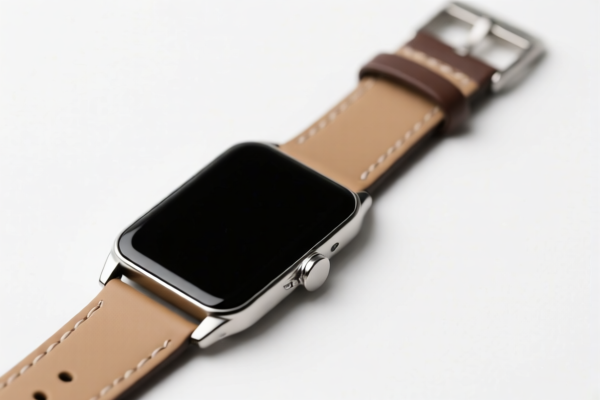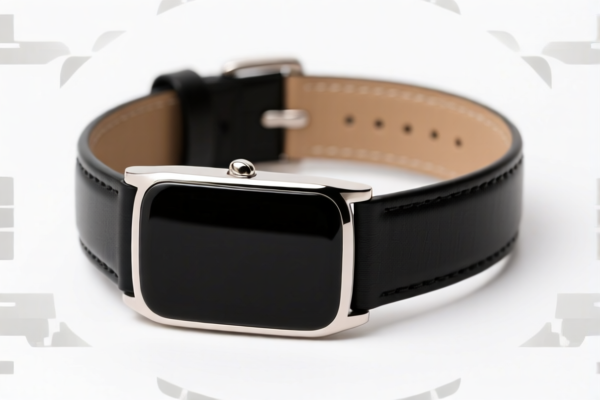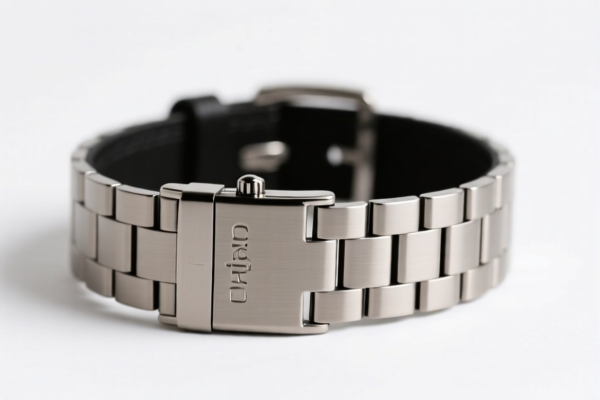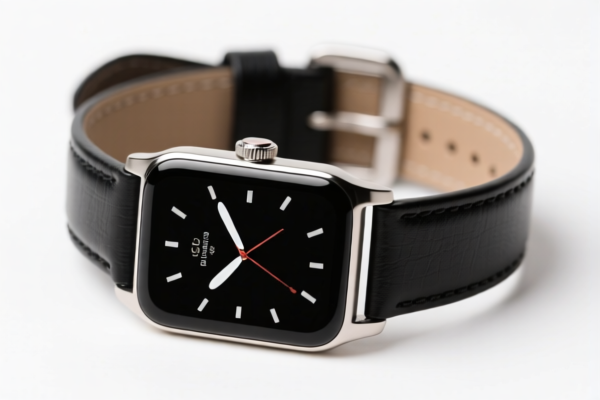| HS Code | Official Doc | Tariff Rate | Origin | Destination | Effective Date |
|---|---|---|---|---|---|
| 9113209000 | Doc | 46.3% | CN | US | 2025-05-12 |
| 9113206000 | Doc | 46.3% | CN | US | 2025-05-12 |
| 9114904000 | Doc | 46.3% | CN | US | 2025-05-12 |
| 9114905000 | Doc | 41.7% | CN | US | 2025-05-12 |
| 7318190000 | Doc | 85.7% | CN | US | 2025-05-12 |
| 7318290000 | Doc | 82.8% | CN | US | 2025-05-12 |
| 7326908688 | Doc | 82.9% | CN | US | 2025-05-12 |
| 7326902500 | Doc | 80.0% | CN | US | 2025-05-12 |
| 8308906000 | Doc | 58.9% | CN | US | 2025-05-12 |
| 8301600000 | Doc | 40.3% | CN | US | 2025-05-12 |




Watchband Shaft
A watchband shaft, also known as a spring bar, is a small, cylindrical pin used to attach a watch strap or band to the watch case. It utilizes spring tension to secure the band, allowing for easy removal and replacement without tools in many cases, though specialized tools are often used for safer and more efficient installation and removal.
Material:
- Stainless Steel: The most common material due to its corrosion resistance, durability, and affordability. Often 316L stainless steel is used for enhanced corrosion resistance.
- Carbon Steel: Less expensive than stainless steel but more prone to corrosion. Typically used in lower-end watches or as a temporary fix.
- Titanium: Used in high-end watches or for individuals with metal sensitivities, offering lightweight properties and superior corrosion resistance.
Purpose:
The primary purpose of a watchband shaft is to provide a secure, yet easily detachable, connection between the watch case and the watchband. This allows for:
- Band Replacement: Users can easily change bands to suit different styles, occasions, or personal preferences.
- Band Adjustment: Facilitates quick removal for sizing adjustments.
- Repair & Maintenance: Allows removal of the band for case or movement repairs.
Function:
A spring bar functions based on a simple spring mechanism. It consists of a shaft with a slight taper at both ends. When compressed, the shaft narrows, allowing it to be inserted into holes (lugs) on the watch case and band. Upon release, the spring tension expands the shaft, securing it within the holes. The slight taper ensures a snug fit.
Usage Scenarios:
- Standard Watch Straps: The most common application, used with leather, metal, rubber, and nylon straps.
- NATO Straps: Used to secure NATO straps to the watch case.
- Bracelet Replacements: Facilitates swapping out watch bracelets.
- Watch Repair: Essential for removing bands during watch servicing.
Common Types:
- Standard Spring Bars: The most prevalent type, available in various lengths and diameters to fit different watch lug widths.
- Screw-in Spring Bars: These have a threaded end and are screwed into the lugs, providing a more secure connection and are often used in higher-end watches or dive watches. Require a screwdriver for installation/removal.
- Quick-Release Spring Bars: Feature buttons or levers on the ends that allow for tool-free band changes. These are increasingly common in modern watch designs.
- Curved Spring Bars: Designed for use with curved watch cases, providing a better fit and more secure attachment.
- Tapered Spring Bars: Designed for use with tapered lugs, providing a better fit and more secure attachment.
Lug Width:
It's crucial to match the spring bar length to the lug width of the watch case. Lug width is the measurement between the inner edges of the lugs where the band attaches. Using the incorrect length can result in improper fit, potential damage to the watch, or band detachment.
Based on the provided information, “watchband shaft” can be classified under the following HS codes:
-
9113209000: This HS code covers Watch straps, watch bands and watch bracelets, and parts thereof: Of base metal, whether or not gold- or silver-plated: Parts: Other. This is a broad category for parts related to watch straps, bands, and bracelets made of base metal. A watchband shaft would fall under this classification as a component part. The total tax rate is 46.3%, comprised of a base tariff of 8.8%, an additional tariff of 7.5%, and a further additional tariff of 30.0% applicable after April 2, 2025.
-
9113206000: This HS code covers Watch straps, watch bands and watch bracelets, and parts thereof: Of base metal, whether or not gold- or silver-plated: Parts: Of watch bracelets, valued not over $12 per dozen. If the watchband shaft is part of a watch bracelet and its value does not exceed $12 per dozen, this HS code may be applicable. The total tax rate is 46.3%, comprised of a base tariff of 8.8%, an additional tariff of 7.5%, and a further additional tariff of 30.0% applicable after April 2, 2025.
-
8308906000: This HS code covers Clasps, frames with clasps, buckles, buckle-clasps, hooks, eyes, eyelets and the like, of base metal, of a kind used for clothing or clothing accessories, footwear, jewelry, wrist watches, books, awnings, leather goods, travel goods or saddlery or for other made up articles; tubular or bifurcated rivets, of base metal; beads and spangles, of base metal: Other, including parts: Buckles and buckle clasps, and parts thereof. If the watchband shaft is part of a buckle or clasp assembly used with a wrist watch, this HS code may be applicable. The total tax rate is 58.9%, comprised of a base tariff of 3.9% and an additional tariff of 25.0%, and a further additional tariff of 30.0%.
Please note that the correct HS code will depend on the specific material composition, function, and application of the watchband shaft. It is recommended to consult with a customs broker or relevant authority to ensure accurate classification.
Customer Reviews
No reviews yet.